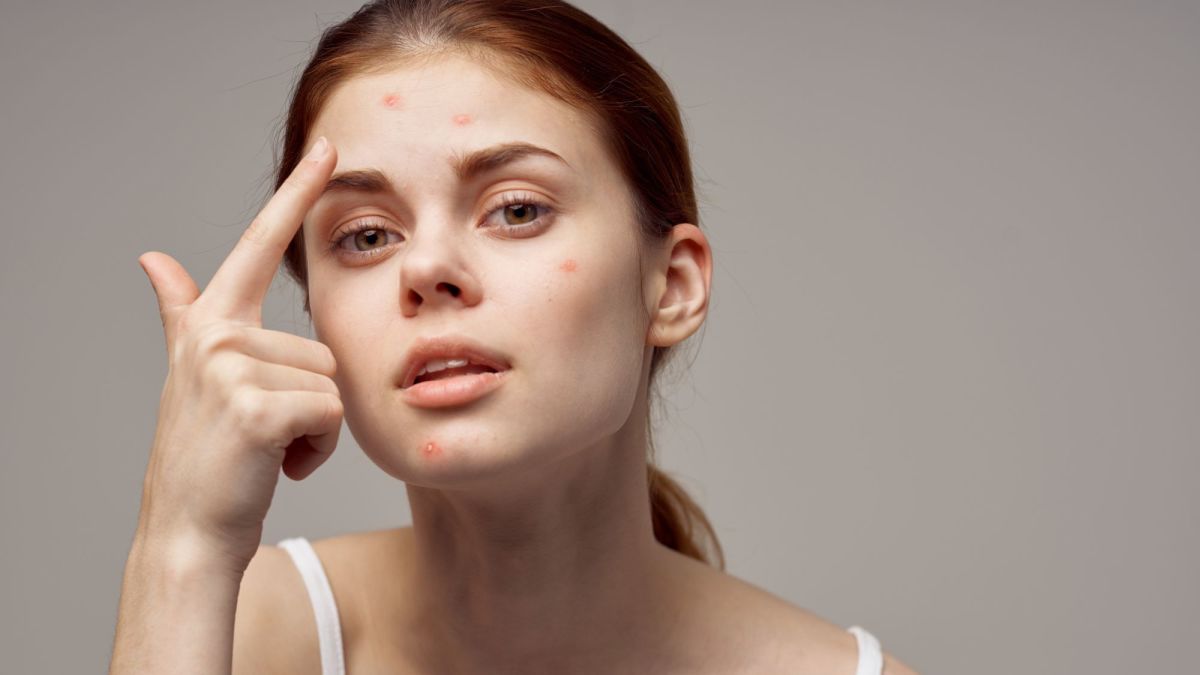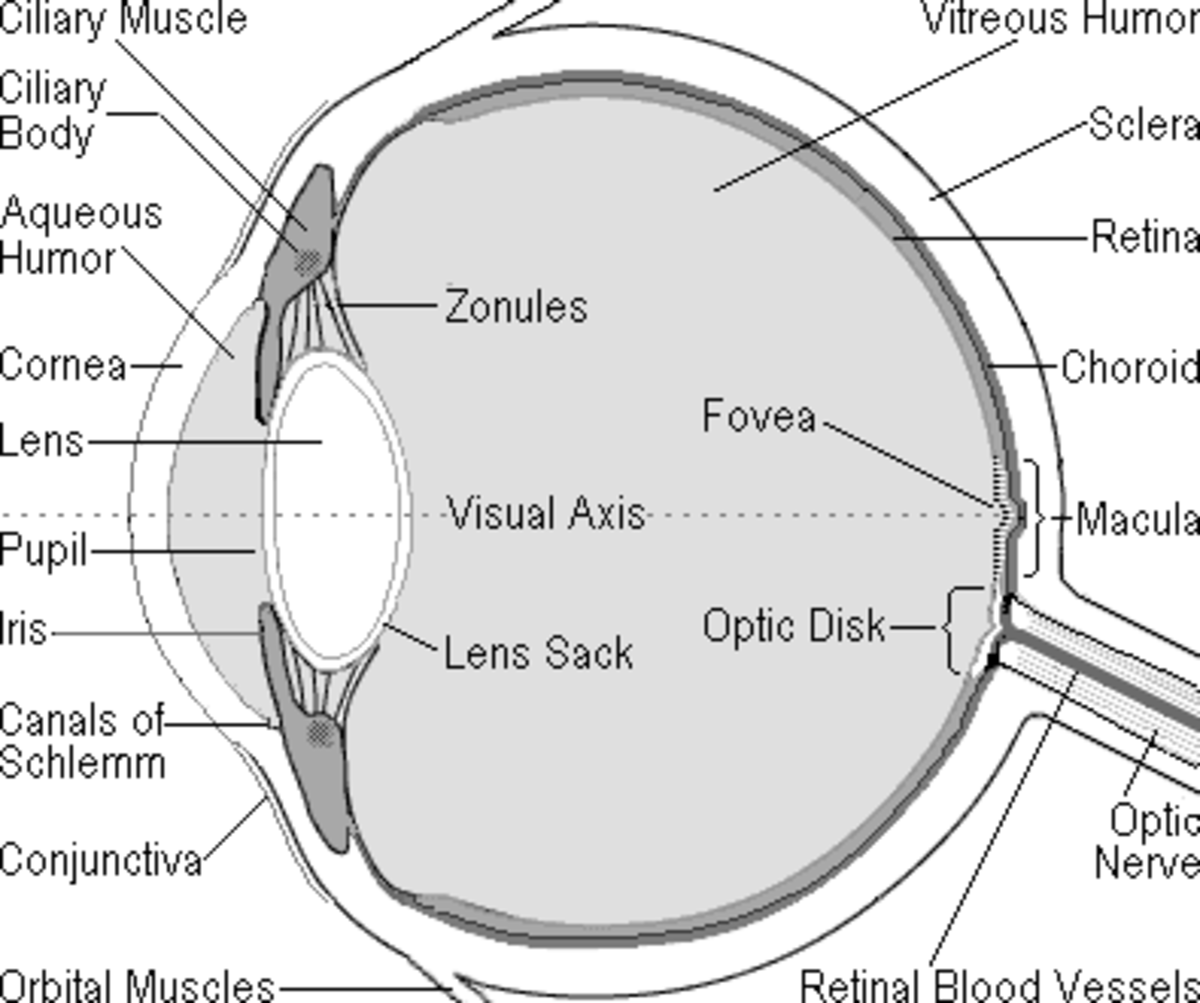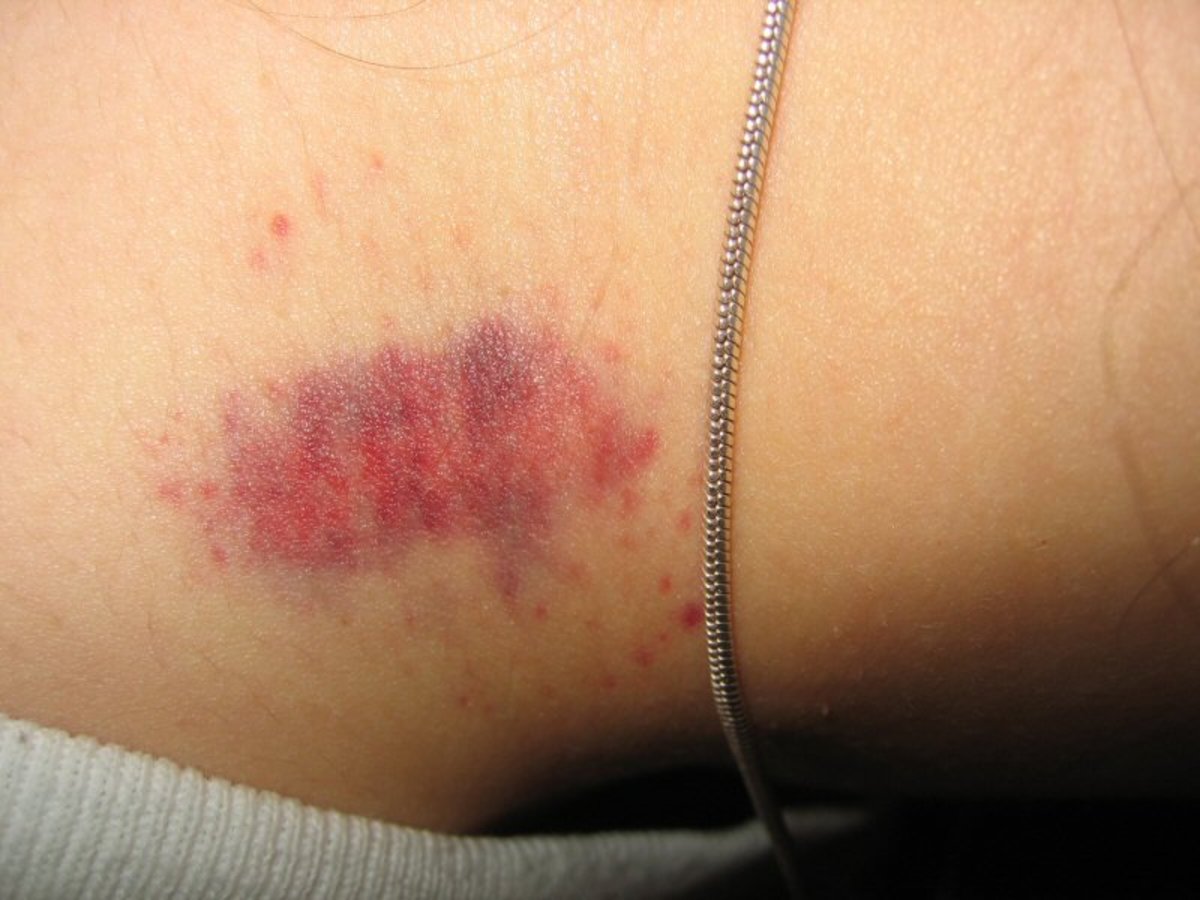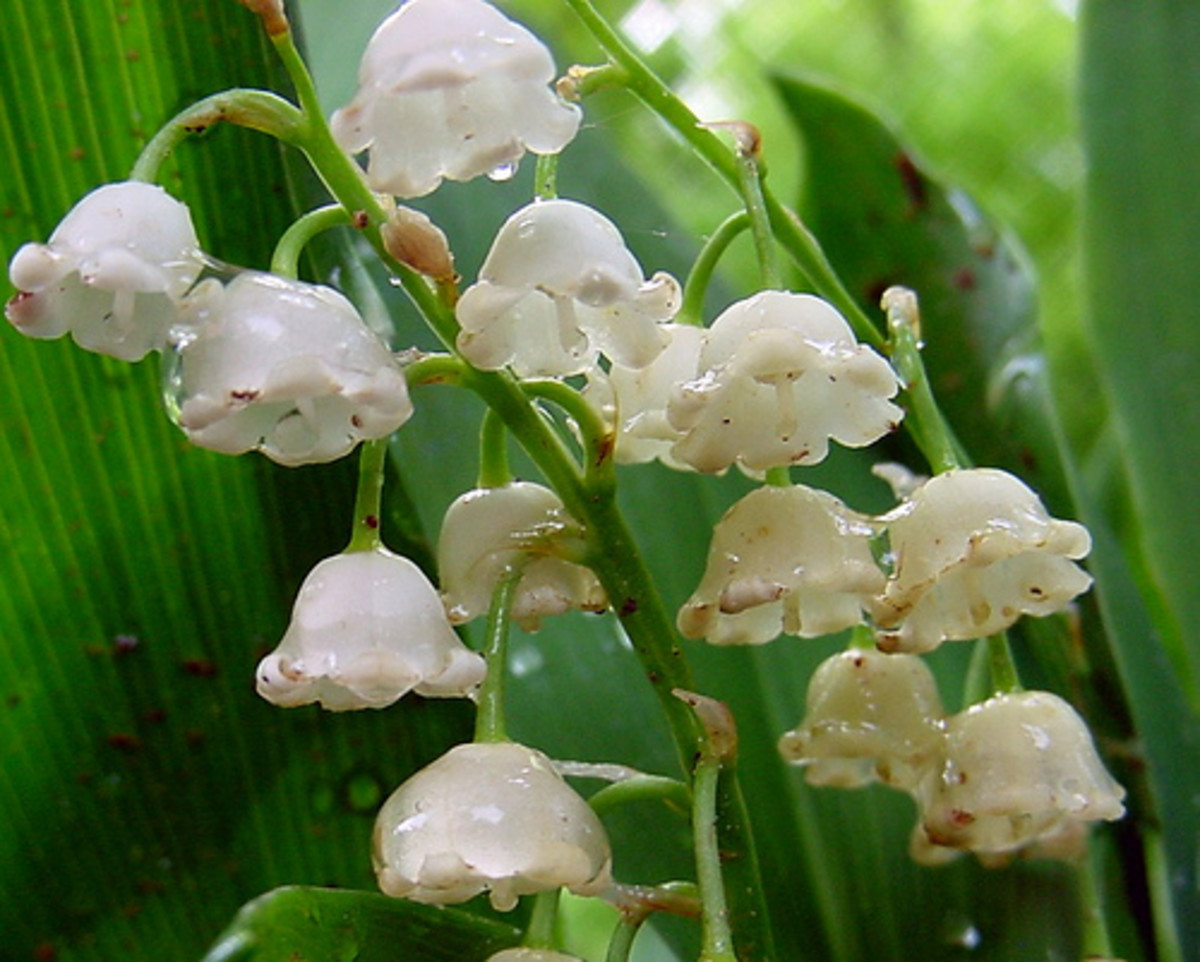Structure and Functions of Skin
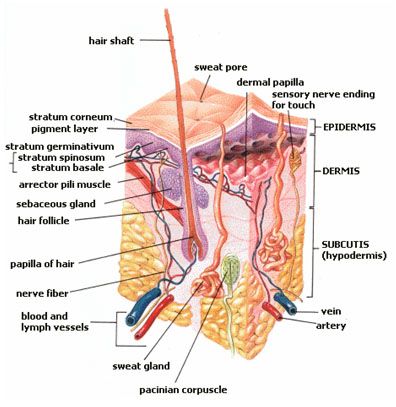
One of the most important organs of the human body, the skin, is not fully understood in terms of its structure and functions. This article deals with these two aspects of the skin and emphasizes its importance in the day-to-day functioning of the body.
Skin, the largest organ in the human body is wrongly considered to be giving very little in return while demanding a lot of attention like bathing, shaving, scrubbing, spa treatment etc. The skin is an absolute essential part of our body.
The skin performs many functions:
- Produces Vitamin D
- Helps regulate our blood pressure
- Activates the male sex hormone, testosterone
- Retains moisture
The complex nervous system of the skin detects touch, heat, cold and pain and passes the information to the brain. The skin protects us from a variety of deadly intruders, namely the bacteria that live on its surface or invade it from the outside.
The layers of Human Skin
The skin comprises 3 layers:
- The outer epidermis.
- The middle dermis.
- The inner subcutaneous tissue.
The epidermis is thin in most areas on the body. When we burn our finger, we can see the epidermis as the transparent tissue on top of the blister. There is no blood supply in the epidermal layer and its cells get their nourishment by diffusion from below.
The cells on the epidermis cannot survive for long due to the atmosphere. Therefore, millions of cells see their way out when we bathe or rub. Just like a snake shedding its skin, epidermis also sheds itself. This change of skin happens once every 27 days. Everyday, new cells form at the innermost part of the epidermis and make their way up to the outer layer, changing from jelly-like cellular material to harder keratin.
The dermis or the middle layer of the skin is a strong but elastic case that holds sweat glands, nerves and nerve endings, hair follicles, blood vessels and sebaceous glands.
It is very interesting to know about the intricate network of blood vessels in the dermal layer of the skin. It enacts different roles (behaves differently) under different conditions. For instance, when we exercise on a hot day, the blood vessels dilate, causing flushing. The skin radiates heat to the outside to counter this. On a cold day, the blood vessels shut down directing blood to the interior of your body, so you go pale.
Emotions are also controlled by blood vessels. When you are angry you flush because the blood vessels of your face open up. Fear closes them and you develop cold feet.
Normally, the sweat glands produce half a kilo of water that we lose as sweat, but on a hot day or when you indulge in hectic activity, the loss of water by way of sweat is about 6 kilos.
The skin has a complex air-conditioning system. There are about 2 million fat or sebaceous glands in the skin spread out all over the body surface. Each sebaceous gland is a tightly coiled little tube located in the depth of the dermis with a long duct extending to the surface. The total length of these tiny ducts is about 9 km.
The sebaceous glands secrete a semi liquid oil. They are attached to the hair follicles and serve as lubricants to the hair and the skin around it. The sebaceous glands must have been of great help to our hairy ancestors of the primitive times, by increasing the heat retaining capacity.
Today they are more of a worry than help because they are primarily responsible for the clogging of the hair follicles, for black heads, pimples and the teens’ most dreaded acne.
Hair follicles, numbering about 10/sq cm, consist of a bulbous root deep inside beneath the skin, and a shaft going up to the surface. Men and women have the same number of hair follicles, but women have light colored and fine hair that it is almost invisible. Hair follicles produce hair all the time, extruding dead cells above the surface.
The skin has an intricate nerve network too.
The skin has millions of cells, the 'melanocytes' that are responsible for producing the most important pigment 'melanin'. Melanin determines the color of eyes, hair and skin. Melanin causes the protective tan from excessive exposure to the sun. Concentration of melanin on the skin is known by the term freckles.
As one grows older, the skin becomes thinner and transparent and the veins start to show. The fat deposits found just below the surface of the skin diminishes and wrinkles begin to appear. The skin loses its elastic nature, so sagging results, especially beneath the eyes, on the forehead and around the lips.
Take care of your skin when you are young so that the formation of fine lines and wrinkles that appear as a sign of aging can be delayed. You can look and feel young when you have a smooth, clear and taut skin. Know more about how to maintain a youthful skin and a glowing complexion.

